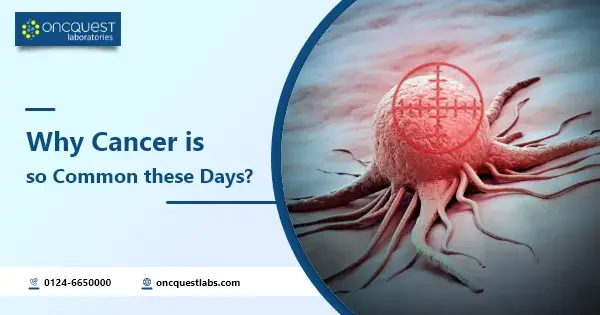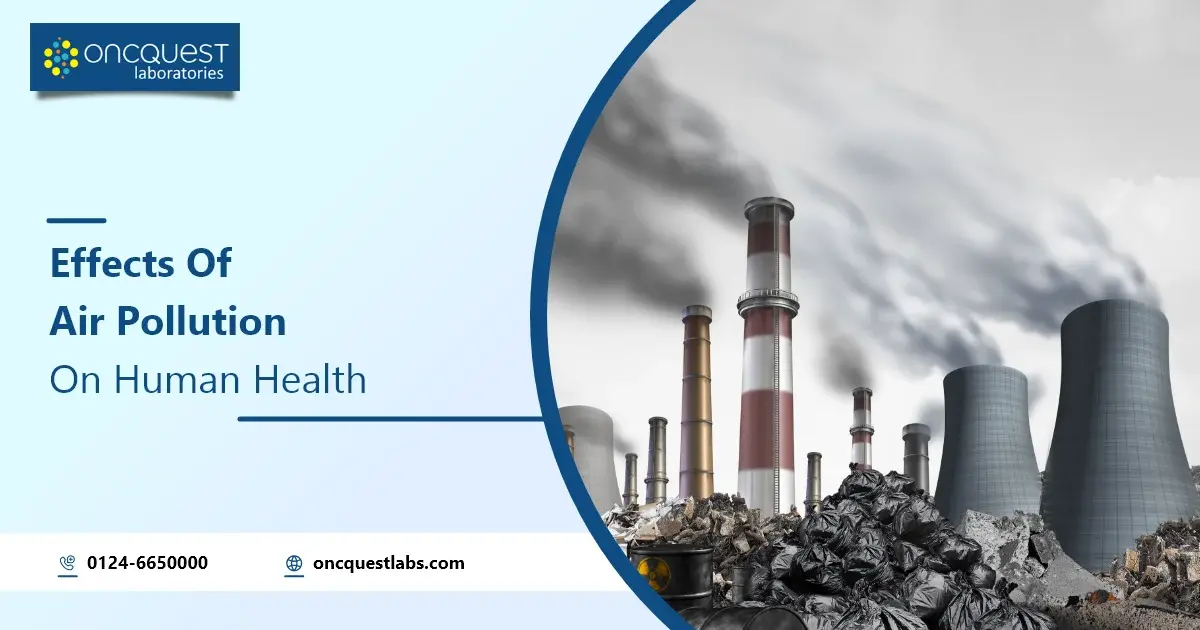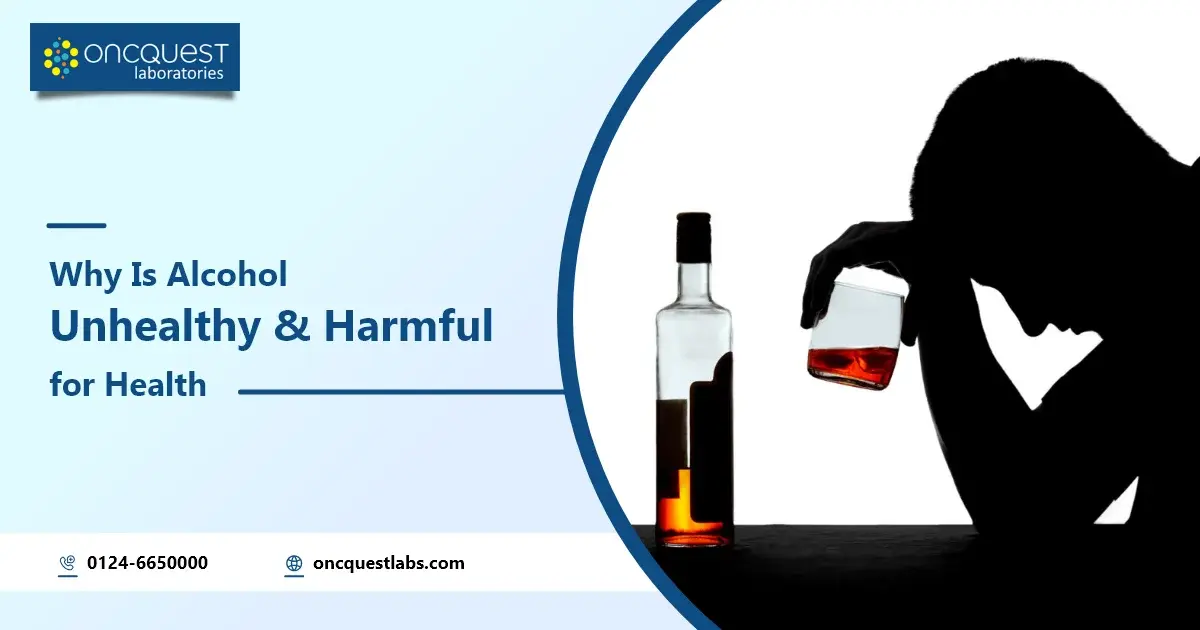Cancer, once a rare and feared disease, has become alarmingly common in recent years. The reasons behind this increase in cancer prevalence are complex and multifaceted, encompassing factors ranging from demographic shifts to changes in lifestyle and environmental exposures. In this blog, we will delve into the key factors contributing to the rising incidence of cancer in modern times.
Contents
1. Ageing Population
One of the primary reasons for the higher incidence of cancer is the ageing global population. As people live longer, their risk of developing cancer increases. Cancer is often considered a disease of ageing, and with life expectancy on the rise, the number of cancer cases naturally grows.
2. Lifestyle Choices
Unhealthy lifestyle choices play a significant role in the prevalence of cancer. Smoking, a poor diet, lack of physical activity, and excessive alcohol consumption are all known risk factors for various types of cancer. Modern lifestyles, characterised by convenience foods and sedentary behaviours, have contributed to a higher cancer risk.
3. Environmental Exposures
Exposure to environmental carcinogens has become more widespread. Air pollution, hazardous chemicals, and radiation are known contributors to cancer development. Industrialization and urbanisation have increased the exposure of individuals to these carcinogens.
4. Genetics
While not the sole cause, genetics do play a role in cancer risk. Certain genetic mutations can predispose individuals to cancer, and in some cases, these genetic factors are being identified more readily through advancements in genetic testing.
5. Improved Detection
Advancements in medical technology have revolutionised cancer detection. Screening and diagnostic tools are more accurate and accessible, leading to the identification of cancer at earlier stages. This results in a higher number of reported cases.
6. Dietary Changes and Obesity
Changing dietary patterns and the rise in obesity rates have been linked to an increased risk of cancer. Diets high in processed foods and low in fruits and vegetables, coupled with excess body weight, are known risk factors for multiple types of cancer.
7. Hormonal Factors
Hormonal imbalances can contribute to cancer risk. Hormone-related cancers, such as breast and prostate cancer, are influenced by changes in hormone levels, which can be impacted by factors like contraceptives and hormone replacement therapy.
8. Infections
Certain infections are associated with an elevated risk of cancer. Viruses like hepatitis B and C or human papillomavirus (HPV) can lead to cancer, emphasising the importance of vaccination and infection control.
9. Increased Awareness and Screening
Greater public awareness and access to healthcare have led to more people seeking cancer diagnoses and treatment. This results in a higher number of cases being reported.
10. Better Reporting and Cancer Registries
The development of comprehensive cancer registries and data collection methods has improved the tracking and reporting of cancer cases. This contributes to the perception of increasing cancer rates.
Conclusion
The rising prevalence of cancer in modern times is a complex issue driven by a myriad of interconnected factors. Understanding these factors is crucial for developing effective prevention and intervention strategies. While we cannot completely eliminate the risk of cancer, we can reduce its incidence by promoting healthier lifestyles, increasing awareness, and advancing medical research and technology. By addressing these issues, we can work towards a future with fewer cases of this devastating disease.
Frequently asked Questions
Q1:Why cancer is more common today?
A1: Since the mid-20th century, numerous adverse shifts have impacted dietary habits, lifestyles, obesity rates, environmental factors, and our microbiomes. These alterations may currently manifest at an earlier stage in life and potentially render individuals more vulnerable to cancer at a younger age.
Q2:Why are we getting cancer?
A2:Various factors have the potential to induce genetic mutations, including smoking, radiation exposure, viral infections, carcinogenic substances, obesity, hormonal imbalances, chronic inflammation, and insufficient physical activity.
Q3:Why is cancer high in India?
A3:India, characterised as a developing nation with one of the world’s most diverse populations and dietary patterns, experiences lower cancer rates compared to Western countries. However, these rates are on the rise due to the migration of rural populations to urban areas, longer life expectancies, and shifts in lifestyles.





